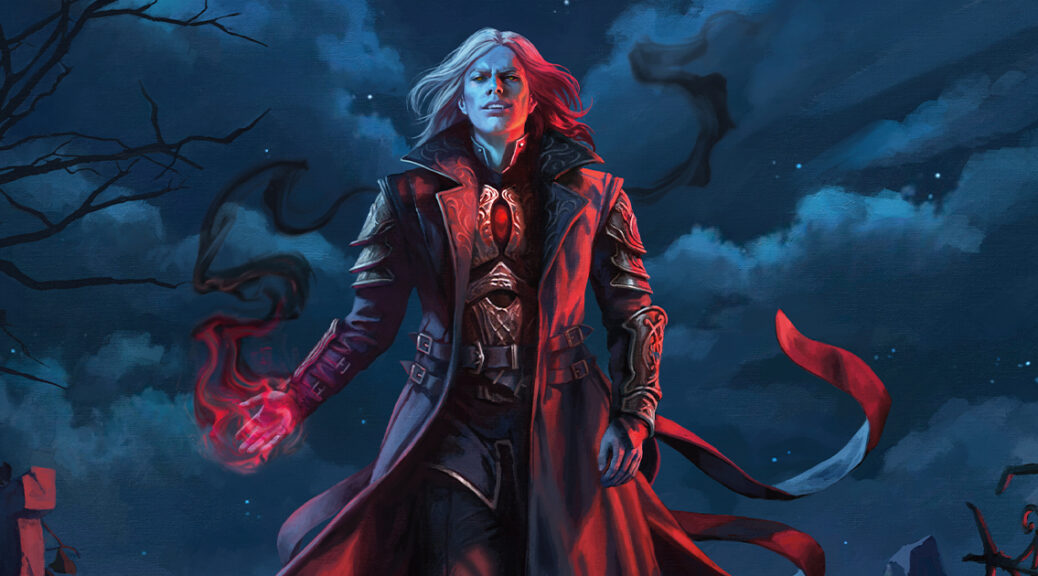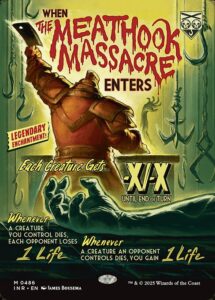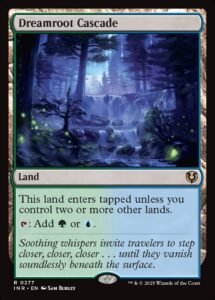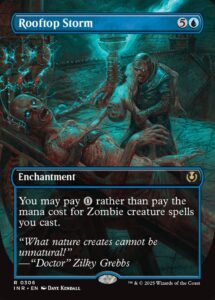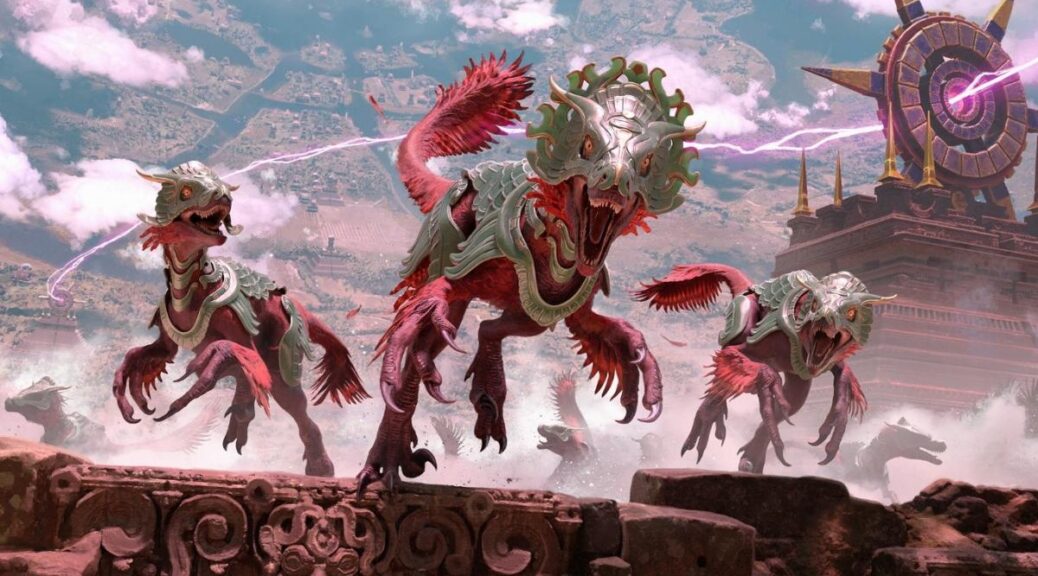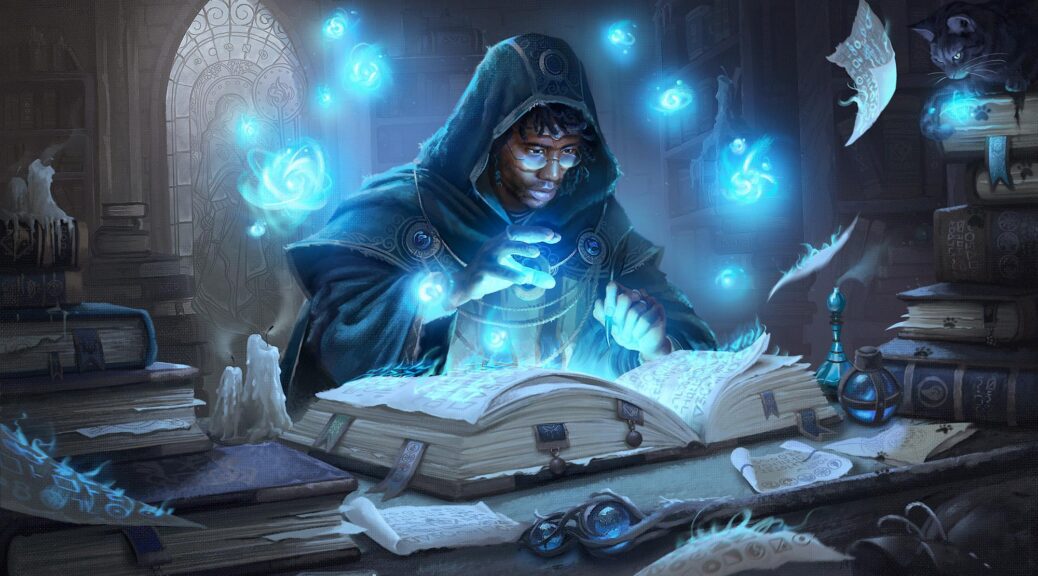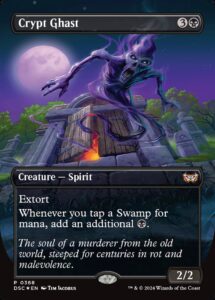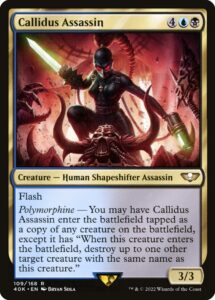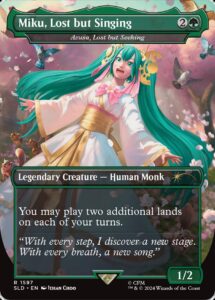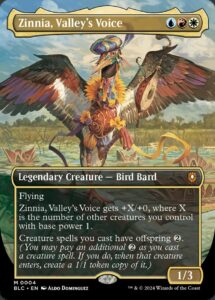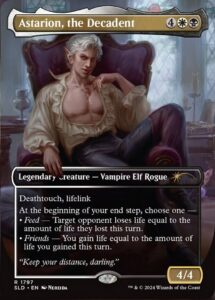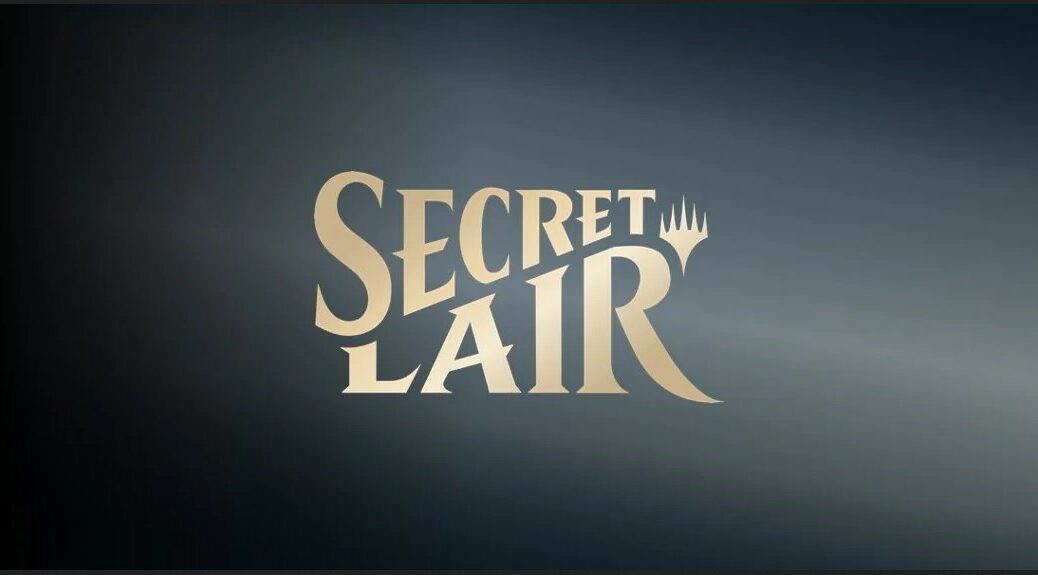Today, Innistrad Remastered is live on all the sites, for buying and for selling. No longer are we stuck with ‘preorder’ pricing, which tends to be super high and moves very slowly, now individuals can get in on the action, undercutting each other and other websites.
If you look at eBay, there’s a lot of stuff already selling, some with a preorder tag and some where the cards are in hand, but those are not the same quantity as TCGPlayer. Especially this weekend, the prices ought to move pretty fast as people seek to unload quickly. We’ve learned from Ravnica Remastered that holding for a long time is going to be unprofitable for almost everything, so let’s see where things are, and identify what might go up from here.
It’s worth noting that reprint sets like this are supposed to lower the prices of the cards in the set, at least for the basic copies. Wizards has figured out that they can do two things at once: First, make the regular frame foils and nonfoils cheaper, and at the same time, make new premium versions which should sell well. Generally speaking, we see that’s true with last year’s Ravnica Remastered, and before that, Dominaria Remastered.
The base versions of cards reprinted in those sets have fallen and mostly haven’t recovered. There’s a few exceptions, Cyclonic Rift being the standout, but things like Force of Will, which hasn’t been reprinted in the two years since, still hasn’t recovered. (To be fair, Force is up a few bucks in the last four months but it’s still not above $60, when it was $100+ before the DMR reprint)
Ravnica Remastered is a fantastic example of the concept of both making base cards cheap (and therefore accessible to a wider range of players) and premium versions pricey. The serialized shocks are all over $250, with Steam Vents closing in on a grand. At the other end, the basic nonfoils from the set are all under $15 except for shocklands, Bruvac, and Cyclonic Rift.
That’s the model I’m expecting for Innistrad Remastered cards.
We already have some data for cards dropping in price, and like I said, I expect a lot more of this over the weekend. Prices are current as of late Thursday night as time zones allow the preorders to unlock.
Emrakul, the Promised End is now $38 when EMN base copies were $63 in September 2024.
Edgar Markov is $55 for the nonfoil (the first nonfoil!) when the C17 foils were $90 in October 2024.
The Meathook Massacre is $29 when MID copies were $55 in October 2024.
This trend is prevalent among basically everything that is in Innistrad Remastered, and if you want to buy basic copies, you should wait patiently. There is a lot of price drop coming, for the regulars and for most of the premium versions as well.
The card most likely to pull a Cyclonic Rift is The Meathook Massacre. It’s at the right confluence of rarity and EDH demand, but it’s niche enough to avoid being reprinted again in the next 12 months or so. (Probably, anyway, because Wizards’ reprint policy can charitably be described as ‘mystifying’.) Meathook is in 127,000 decks on EDHREC, which is quite good for its age and rarity. EDHREC is a database where only the most devoted players upload their lists, so remember that the more casual players don’t add their decks. Casual players are also likely why the card has been expensive for its whole lifespan, even after it was banned from Standard. For comparison’s sake, Cyclonic Rift is at 688,000 decks, so more than 5x as popular despite multiple printings.
I expect Meathook to drop below $20 sometime in the next couple of months, and that’s when I will want to move back in.
One of the things that I’m not as excited to buy are the lands. The ‘slow lands’ have been reprinted in the Dr. Who set, and got both EA and Surge Foil EA versions there, to go with the original set’s Borderless and then Double Feature had the Silver Screen versions. We’re looking at a wide mix of premiums, and a whole lot more of the basic copies. These will languish like a lot of other land cycles have, and while getting in for $3 or even $2 a copy is an attractive idea, given the Commander popularity, it’s very easy to imagine these getting another reprint before too long.
There is a card that is set up to fall like a rock and almost immediately rebound: the Borderless foil of Rooftop Storm. Aetherdrift has two Commander decks, one with an artifacts/energy subtheme, and an Esper Zombies list. I would not be surprised if Rooftop Storm was in the deck, but that’s a basic nonfoil. We’re about to see a number of Zombie cards pop off, and this is one of the greatest reasons to sleeve up the undead, making the deck free and your Commander cost less. (Still gotta pay the Commander Tax!)
Currently, foil Borderless versions are at $5.50 and falling, plus today the whole Zombie decklist is revealed, making a perfect storm of potential.
Finally, I want to make a point about the Movie Poster cards. These are awesome and iconic, gorgeous pieces of art melded with great design. I will be happy to get these cards.
These are not going to be super-expensive cards, though.
Back in the Mana Math of INR, we went over how it takes 100 Collector Boosters to get a foil copy of a certain Movie Poster card, or fifty to get a nonfoil. If INR is printed at the same rate as Lord of the Rings: Holiday Edition, that’s 1.5 million Collector Boosters. A little division, and we get the total number of copies at 15,000 foils and 30,000 nonfoils.
I think the number of packs is greater than 1.5 million, putting the copies higher and higher. Plus, with that many movie copies out there, we can do some comparisons that may cause wincing. Remember how Meathook is in 127k decks? Well, Guardian Project is in 200k, and there’s a xxx/500 serialized foil of that available for $115 on TCGPlayer. The current price of $100 for the Showcase foils is far too high. If you want these sweet shiny cards, be patient and you’ll save a lot.
Cliff (@WordOfCommander at Twitter and BlueSky) has been writing for MTGPrice since 2013, and is an eager Commander player, Draft enthusiast, and Cube fanatic. A high school science teacher by day, he’s also the co-host of the MTG Fast Finance podcast. If you’re ever at an event and you see a giant flashing ‘CUBE DRAFT’ sign, go over, say hi, and be ready to draft.
